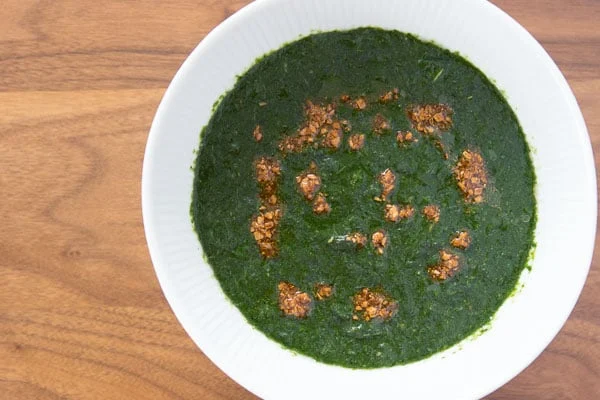Welcome to the enchanting world of Egyptian cuisine, where each dish tells a story of rich history, diverse culture, and unparalleled flavors. In this culinary journey through Egypt, we invite you to savor the essence of a beloved leafy green dish that holds a special place in the hearts and palates of locals – Mulukhiyah.
Understanding Mulukhiyah:
Mulukhiyah, pronounced “moolo-khi-yah,” is a traditional Egyptian dish that boasts a history dating back centuries. At the heart of this culinary delight is the eponymous leafy green vegetable known as jute mallow, scientifically classified as Corchorus olitorius. What sets Mulukhiyah apart is not only its unique taste but also its cultural significance in Egyptian households.
There are two stories that explain the secret of giving the molokhia plant this name. The first is that molokhia was an ancient plant during the era of the Pharaohs, called “Khya.” The Egyptians believed that it was a poisonous plant, and when the Hyksos occupied Egypt and destroyed and obliterated the landmarks of the Pharaonic civilization, they forced the Egyptians to eat it and used to say to them: “ Malu – Khiya, meaning they ate “khiya.” After the Egyptians ate it and thought they were inevitably dead, they discovered that it was non-toxic and that it was edible.
The second story – which is more likely – is that the origin of the word molokhiya is “royalty,” and this is because it was served to kings, and the doctor of one of the kings prescribed it to his king when he was sick.
Culinary Preparation:
The process of preparing Mulukhiyah is as fascinating as its taste. Typically, the dish involves cooking the jute mallow leaves in a broth infused with aromatic herbs and spices. The result is a thick, green soup-like consistency that is both nutritious and flavorful. Mulukhiyah is often paired with rice or served alongside freshly baked Egyptian bread, adding a delightful texture to the overall dining experience.
Nutritional Value:
Beyond its delicious taste, Mulukhiyah is celebrated for its impressive nutritional profile. Jute mallow leaves are rich in essential vitamins, minerals, and antioxidants, making it a wholesome addition to any diet. Egyptians appreciate Mulukhiyah not only for its exquisite taste but also for its contribution to overall well-being.
Cultural Significance:
Mulukhiyah transcends the boundaries of being just a dish; it’s a cultural emblem. In Egypt, preparing and sharing Mulukhiyah is a cherished tradition that brings families and communities together. It is often associated with festive occasions, family gatherings, and communal celebrations, making it an integral part of Egyptian culture.
Regional Variations:
While Mulukhiyah is a staple in Egyptian cuisine, it’s worth noting that different regions may have their own variations of the dish. Some areas may add meat, such as chicken or rabbit, to enhance the flavor, while others might prefer a vegetarian approach. These regional nuances add depth to the culinary landscape of Egypt, showcasing the diversity within the country’s traditional cuisine.
Experiencing Mulukhiyah in Egypt:
For travelers eager to immerse themselves in the authentic flavors of Egypt, trying Mulukhiyah is a must. Many local restaurants and street vendors proudly serve this iconic dish, allowing visitors to indulge in a genuine taste of Egyptian culture.
:
Mulukhiyah stands as a testament to the rich tapestry of Egyptian cuisine, weaving together history, culture, and culinary artistry. As you embark on your journey with Top Ten Egypt Tours, don’t miss the opportunity to savor the delightful taste of Mulukhiyah – a dish that encapsulates the warmth and hospitality of Egypt.



Comment (0)